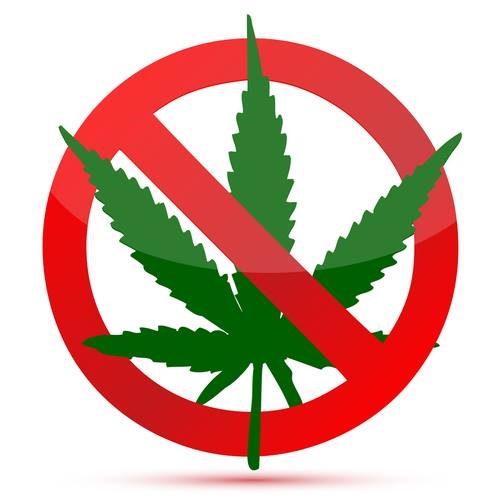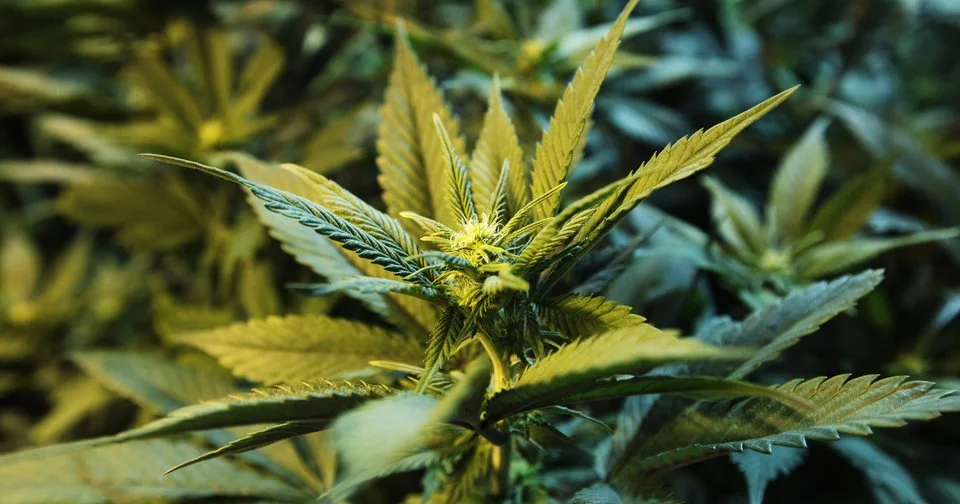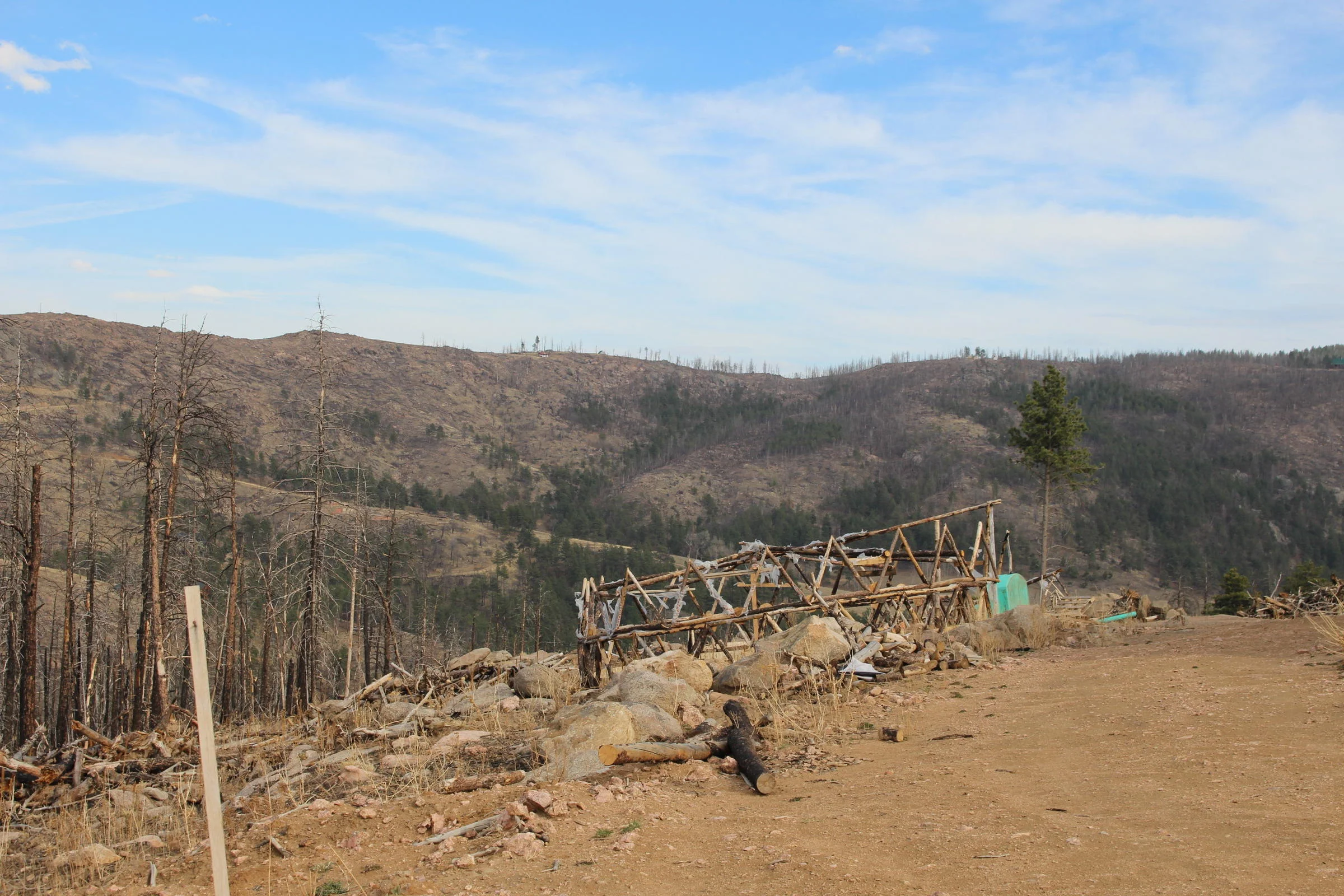Emergency room doctors in Pueblo see a different side of the equation and say the deleterious effects of cannabis legalization far outstrip any benefits.
Read MoreStay in the know with the latest on our fight against the legalization of marijuana
Have an article that you would like us to post? Share it on our Facebook page!
Foreign cartels embrace home-grown marijuana in pot-legal states→
/Foreign gangs are finding that black-market marijuana is profitable even in states that have legalized cannabis.
Read MoreBlack market marijuana busts nearly quadruple under recreational legalization→
/Four years after legal recreational marijuana went on sale in Colorado, Gov. John Hickenlooper says the black market for marijuana in the state is shrinking and predicted that it "will be largely gone" in a few years.
But new statistics show that arrests for the production of black market pot increased by 380 percent in the 2014-16 time frame, and Colorado law enforcement agencies say they are battling a boom in illegal marijuana cultivation by sometimes violent groups of criminals who rake in millions of dollars by exporting what they grow.
Read MoreColorado politicians ignore major pot problems
/If Hickenlooper and Gardner cared to lead on this issue, they would tell the world about the rate of pot-involved traffic fatalities that began soaring in their state in direct correlation with the emergence of legal recreational pot and Big Marijuana. They would talk about Colorado's status as a national leader in the growth of homelessness, which all major homeless shelter operators attribute to commercialized, recreational pot.
Read MoreFive years later, Colorado sees toll of pot legalization→
/Last week marked the fifth anniversary of Colorado's decision to sanction the world's first anything-goes commercial pot trade.
Five years later, we remain an embarrassing cautionary tale.
Read MoreMarijuana devastated Colorado, don’t legalize it nationally→
/Our country is facing a drug epidemic. Legalizing recreational marijuana will do nothing that Senator Booker expects. We heard many of these same promises in 2012 when Colorado legalized recreational marijuana.
In the years since, Colorado has seen an increase in marijuana related traffic deaths, poison control calls, and emergency room visits. The marijuana black market has increased in Colorado, not decreased. And, numerous Colorado marijuana regulators have been indicted for corruption.
In 2012, we were promised funds from marijuana taxes would benefit our communities, particularly schools. Dr. Harry Bull, the Superintendent of Cherry Creek Schools, one of the largest school districts in the state, said, "So far, the only thing that the legalization of marijuana has brought to our schools has been marijuana."
Read MoreDangers of Marijuana Experienced Firsthand→
/I recently finished my residency in emergency medicine and began to practice in Pueblo, Colorado. I grew up there, and I was excited to return home. However, when I returned home, the Pueblo I once knew had drastically changed. Where there were once hardware stores, animal feed shops, and homes along dotted farms, I now found marijuana shops—and lots of them. As of January 2016, there were 424 retail marijuana stores in Colorado compared with 202 McDonald’s restaurants.1
These stores are not selling the marijuana I had seen in high school. Multiple different types of patients are coming into the emergency department with a variety of unexpected problems such as marijuana-induced psychosis, dependence, burn injuries, increased abuse of other drugs, increased homelessness and its associated problems, and self-medication with marijuana to treat their medical problems instead of seeking appropriate medical care.
Read MoreIn Colorado, It's Still The Wild West For Home-Grown Marijuana→
/Since 2014, when Colorado’s legal, recreational marijuana sales began, Rist Canyon residents say they’ve seen the arrival of a handful of new neighbors. These newcomers buy a plot of land, and rather than build a house and move in, they put up greenhouses or start planting marijuana right in the ground.
Read MoreDenver, Colorado DA letter warns against Legalization
/California voters are being told that they will see the crime rate go down if they vote to legalize marijuana commercially; this has not been the case in the state of Colorado or the city of Denver.
Read MoreClearing the Haze→
/The Gazette has started a perspective series that examines health, social, regulatory and financial issues associated with legal marijuana. Here is a taste:
"... The ugly truth is that Colorado was suckered. It was promised regulation and has been met by an industry that fights tooth and nail any restrictions that limit its profitability. ”
Read MoreThe junk ‘science’ behind the marijuana legalization movement→
/Already, 23 states allow marijuana to be prescribed for medicinal use, making it easy for proponents for broader legalization, such as the Marijuana Policy Project, to brand the drug as “harmless.” Some go further, calling it “safe” and even “healthy.” The result is that voters in Oregon and Alaska — in addition to D.C. — may soon join Colorado and Washington as the first states to fully legalize recreational pot for adults.
The problem is that marijuana is not, in fact, “harmless.”
Read MoreMarijuana is Devastating to Youth
/Marijuana adversely affects memory, maturation, motivation and can cause irreversible impact on young brains that aren’t fully developed until roughly age 25. It is a contributing factor in California’s alarming high school drop-out rate which costs taxpayers $45.4 billion dollars each year ($492,000 per drop-out). 2009 UC Santa Barbara Study. Since marijuana has been promoted as a “medicine” it is perceived as harmless and use has gone up (NIDA 2009).
More young people ages 12-17 entered drug treament in 2003 for marijuana dependency than for alcohol and all other illegal drugs combined. (DEA 2003) States that have legalized the nation lead the nation in youth marijuana use.
“Students who smoke marijuana have twice the odds of being a high school dropout. And have trouble finding jobs, get involved in gangs and crime, and end up on welfare. 80% of prisoners are high school dropouts. “Curbing the nation’s drop-out rate a pressing economic and social imperative. The stakes are too high for our children, for our economy and for our country.””
Gambling with Pot
When Alaska legalized marijuana use for adults (’78-’94), teen use was twice that of any other state. Voters overturned the law. States that have legalized pot lead the nation in teen pot use, most notably Colorado.
“If a young person arrives at age 21 prior to smoking, drinking or using illicit drugs, he/she is virtually certain never to do so.”
Joseph Califano
Columbia University Center on Addiction and Substance Abuse
Marijuana is a very pervasive addictive drug wreaking havoc in our teen population. For instance:
- “The evidence is overwhelming that marijuana is a dangerous drug,” said Joseph A. Califano, Jr., National Center on Addiction and Substance Abuse (CASA) chairman and president and former U.S. Secretary of Health, Education and Welfare. “Parents should recognize–and help their children understand–that playing with marijuana is like playing with fire. More kids are in treatment for marijuana dependence and abuse than ever before, and marijuana is a culprit in an increasing proportion of emergency room visits. Moreover, CASA’s latest analysis provides increasing evidence that marijuana is a gateway to other drug use. The more researchers study the drug and the consequences of its use, the clearer it becomes that teens who smoke pot are playing a dangerous game of Russian roulette, not engaging in a harmless rite of passage.” (CASA 2008)
- From 1992 to 2006, rates of admission for children and teens under age 18 for marijuana as the primary substance of abuse increased by 188.1 percent from 22.7 percent to 65.4 percent, compared with a 54.4 percent decline in rates of admission for all other substances combined. (CASA 2006)














